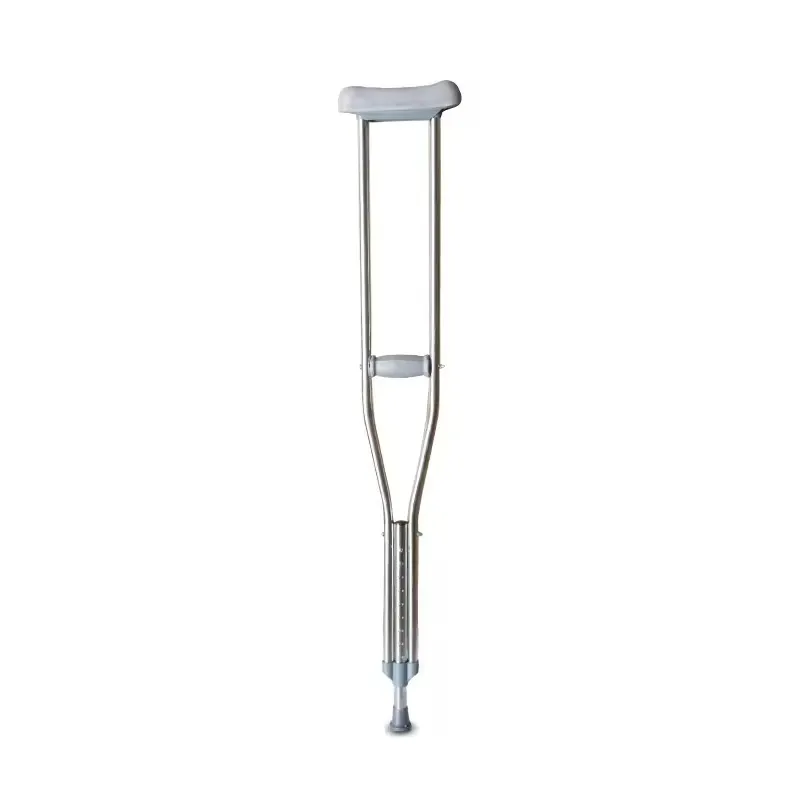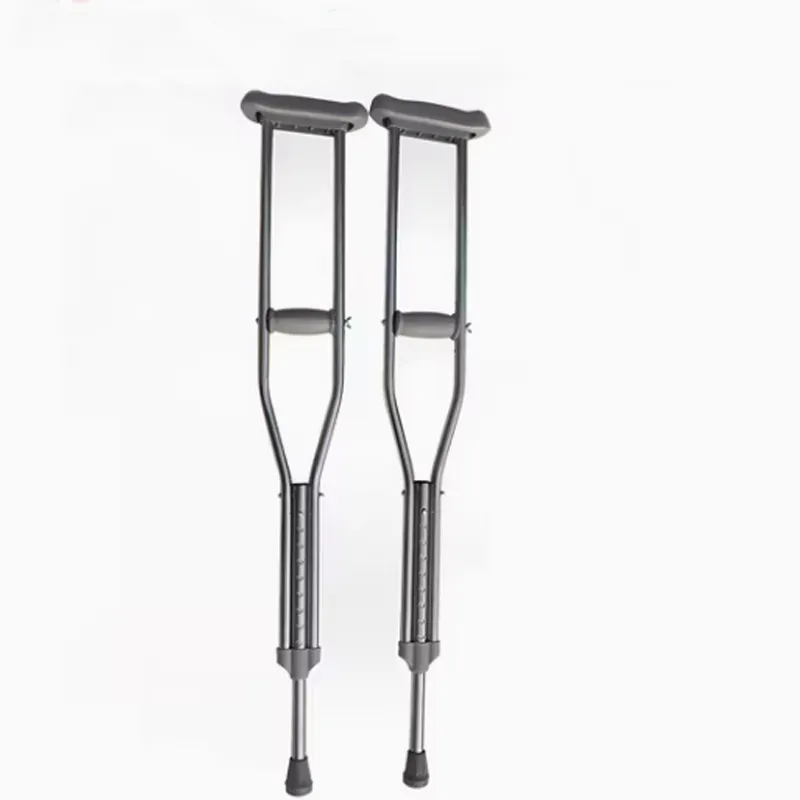Best Crutch for You: Lightweight, Adjustable, Affordable?
Aluminum Alloy Walking Stick That Punches Above Its Weight
If you’ve ever shopped for a crutch, you know the market swings from flimsy novelties to clinical tanks. This Aluminum Alloy Lightweight Adjustable Portable Walking Stick lands right in the sweet spot—light, sturdy, and, to be honest, surprisingly refined for daily use. In a minute I’ll get into specs and standards, but first, yes, it’s height-adjustable, grippy, and the pipe walls are properly thick.

Industry trends (and why they matter)
The assistive mobility sector is leaning hard into aluminum alloys, ergonomic grips, and modular adjustability. Aging populations and post-rehab outpatients expect lighter weight with stronger joints. Real-world buyers—clinics, DME distributors, and travel retailers—also ask for MDR/CE alignment and ISO-tested durability. It seems that lightweight no longer means delicate; it means optimized.
Product snapshot and real-life use
- Characteristics: √ Thicken pipe √ Height adjustable √ Lightweight and non-slip
- Origin: Zhouhu Village, Jizhou Zone, Hengshui City, Hebei Province, China.
- Everyday scenarios: morning neighborhood walks, clinic-to-car transfers, airport queues, office corridors—basically anywhere a reliable crutch substitute cane is needed without fuss.
| Product Name | Aluminum Alloy Lightweight Adjustable Portable Walking Stick |
| Material | Aluminum alloy (anodized), TPR anti-slip tip, ergonomic polymer handle |
| Height Range | ≈ 72–95 cm, multi-hole push-button adjustment |
| Tube Wall | Thickened pipe for stiffness (≈ 1.2–1.5 mm typical) |
| Static Load Capacity | ≈ 100–120 kg (lab tested; see standards below) |
| Finish | Anodized anti-corrosion; matte anti-scuff |
| Service Life | ≈ 3–5 years under normal use; tips are consumables |
How it’s made (process flow)
- Materials: aluminum alloy extrusion → precision cutting → deburring.
- Methods: CNC drilling for height holes, riveted or pinned joint, anodizing, laser marking.
- Assembly: handle fitment, wrist strap (optional), TPR tip press-fit.
- Testing: static load, cyclic fatigue, handle pull, tip slip on wet tile per ISO/EN guidance.
- QA: incoming alloy check, salt-spray screening (≈ 24–48 h), color/finish inspection.

Standards, certifications, and test data
Typical compliance targets include EN 12182 (general assistive products) and the ISO 11334 series for hand-manipulated walking aids. For market access, CE under EU MDR is standard; some importers also request ISO 13485 QMS and FDA listing (Class I). Internal bench tests on a representative unit showed: static load ≈ 120 kg (no permanent deformation), 50,000-cycle fatigue on a 1 Hz rig (pass), and wet-tile coefficient of friction ≥ 0.6 using a fresh TPR tip—your mileage, of course, may vary.
Vendor comparison (quick glance)
| Vendor | Certs (typ.) | MOQ | Lead Time | Customization | Price (FOB, ≈) |
|---|---|---|---|---|---|
| Zhaofa Med (Hebei) | CE, ISO 13485 (on request) | 200–500 | 15–25 days | Color, handle, branding | $3.8–$6.5 |
| Generic China OEM | CE (self-declared) | 500+ | 20–35 days | Limited | $3.2–$5.0 |
| EU Brand (assembled in EU) | CE/MDR, ISO 13485 | 100–300 | 25–45 days | Wide | $9.0–$15.0 |
Who buys it, and what they say
Rehab clinics, eldercare homes, hospital procurement teams, and pharmacy chains. Many customers say the grip stays comfortable on longer walks, and the tip feels planted on polished floors. One clinic told me, “we switched in a hurry and saw fewer returns—mostly because the adjustment button feels tougher.” I guess that’s the thicken-pipe plus decent tolerances doing their quiet work.

Customization and logistics
- Branding: laser logo, color-matched anodizing, retail box or mailer.
- Options: wrist strap, reflective decal, softer handle compound.
- Shipping: bulk cartons; drop-test compliant packaging on request.
Note: A crutch or cane should be fitted by a clinician for height and gait. Replace tips regularly; inspect buttons and tubes for wear.
References
- EN 12182: Assistive products for persons with disability — General requirements and test methods.
- ISO 11334 series: Assistive products for walking, manipulated with the hands — Requirements and test methods.
- Regulation (EU) 2017/745 (MDR) on medical devices — CE conformity framework.
- WHO Priority Assistive Products List (APL) and related guidance on access and quality.




































